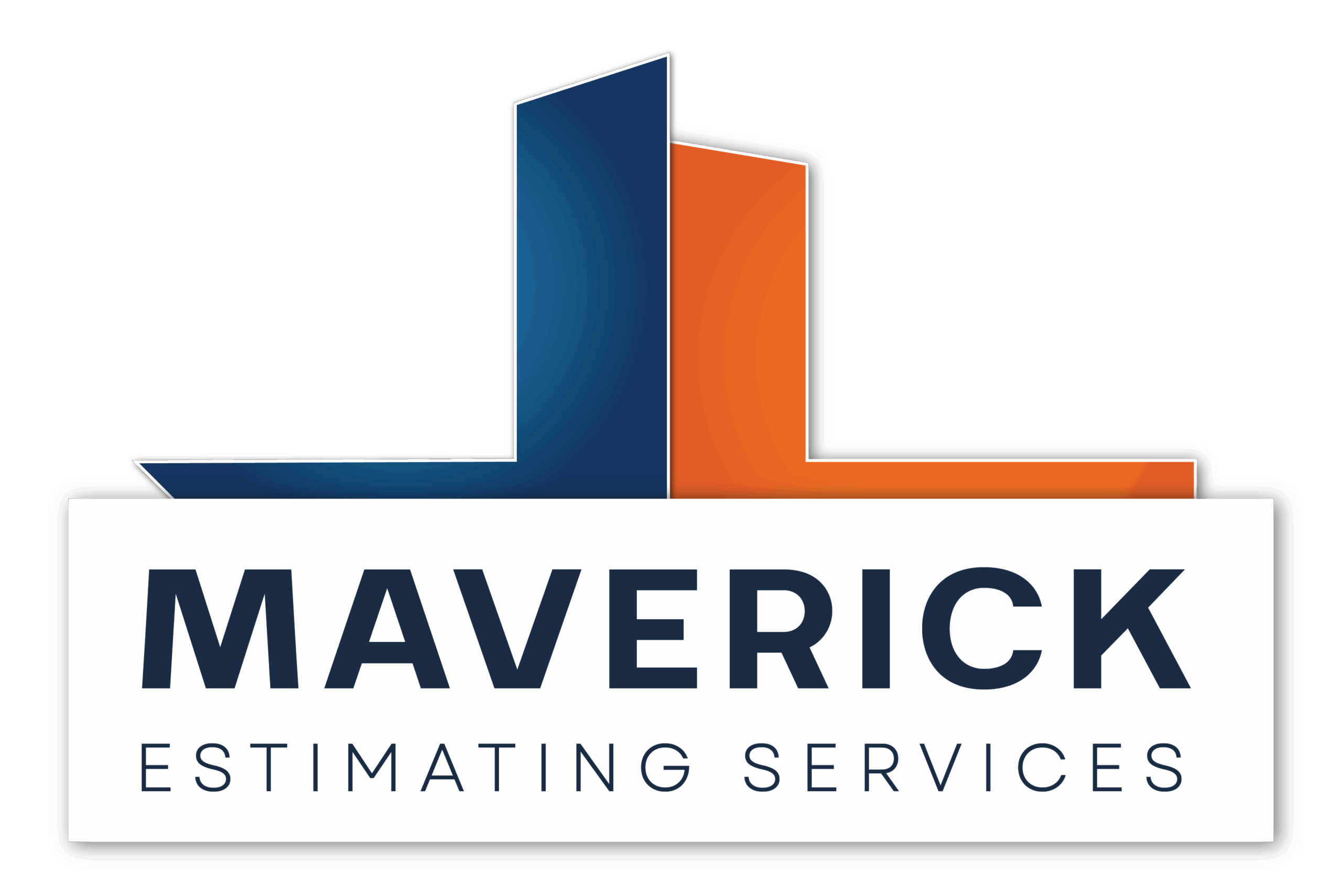Digital
Maverick Estimating provides comprehensive Quantity Takeoffs across ALL CSI divisions, specializing in Civil, Architectural & Structural trades for your confidential labor-material-equipment pricings. We use leading digital takeoff programs like On-Center and Bluebeam Revu to ensure accuracy and efficient reporting
Why choose our Digital Takeoffs service?
- QTOs, commonly known as Material takeoffs, are a fundamental process in construction that involves creating a comprehensive and detailed list of all materials and their precise quantities required to complete a construction project. This process is crucial for accurate cost estimation, budgeting, and overall project management. A successful project starts with accurate takeoffs followed by competitive pricing!
What it involves:
- Analysis of Project Documents: Estimators meticulously review blueprints, architectural drawings, structural drawings, mechanical and electrical drawings, and specifications to identify every single material needed.
- Quantification: Materials are measured and calculated based on their relevant units (e.g., length for pipes, area for flooring, volume for concrete, count for fixtures).
- Detailed Listing: The output is a clear, organized list including material types, descriptions, quantities, and sometimes even weight or specific grades.
- Accounting for Waste: A crucial step is to factor in a percentage for material waste and overages (e.g., for cutting errors, damage, or unforeseen circumstances).
Why it’s important:
- Accurate Cost Estimation: It forms the bedrock of project budgeting, allowing contractors to provide precise bids and avoid underbidding or overspending.
- Effective Resource Planning: It helps in planning procurement, ensuring the right materials are available at the right time, preventing shortages, and optimizing equipment and labor allocation.
- Minimized Material Wastage: By ordering only what’s needed (plus waste allowance), it reduces unnecessary purchases, saves costs, and promotes sustainable construction practices.
- Improved Accountability: Provides a clear reference for all stakeholders, enhancing transparency and accountability for material usage and costs.
- Risk Mitigation: Helps identify potential challenges like material delays or cost fluctuations early on, allowing for proactive planning and mitigation strategies.
- Efficient Project Scheduling: Knowing material quantities and delivery times enables better scheduling of construction phases and coordination with subcontractors.
- Client Satisfaction: Contributes to completing projects on time, within budget, and with the agreed-upon quality.
